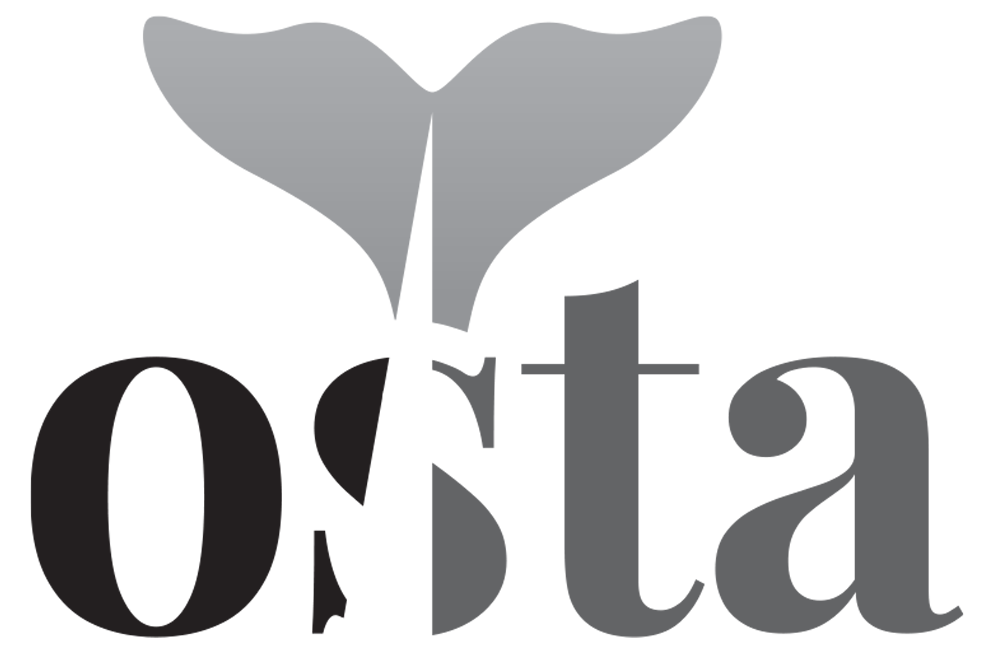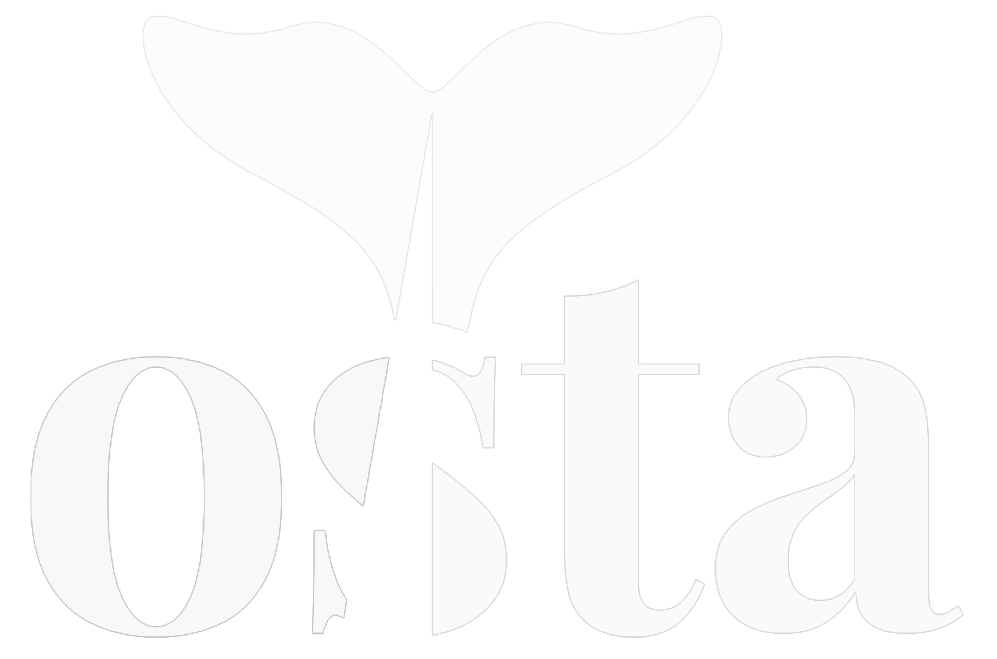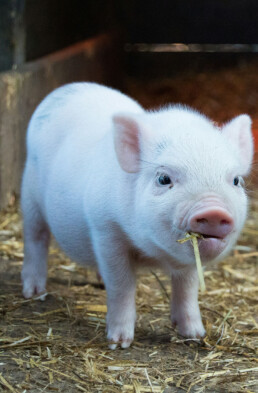Navigating Animal Hardships
Continuing Inaction towards Piglet Castration
Despite documented instances of distressing piglet castration by farmers and the prevalence of unanesthetized castration, there’s continued inaction towards addressing this issue. While veterinarians supervise similar procedures in dogs and cats, piglet castration lacks proper supervision. Flemish piglets undergo the procedure without adequate pain relief, leading to unnecessary suffering. Legal prohibition of this practice and alternatives like vaccination against boar taint or keeping intact boars offer promising solutions, but they are not widely implemented. This inaction exacerbates the suffering of approximately 3.85 million male piglets in Flanders each year.
Documented Instances of Piglet Castration by Farmers
1. Wakker Dier’s Documentation
The Dutch animal welfare organization, Wakker Dier, has documented the process of piglet castration, conducted by two pig farmers.[1] The 56-second video demonstrates the five stages of piglet castration (excluding piglet handling): (1) positioning the piglet (which, in this case, is held upside down by two legs); (2) making an incision in the piglet’s scrotum; (3) severing the piglet’s spermatic cords; (4) removing the piglet’s testes; and (5) applying an antiseptic solution post-procedure.
2. GAIA’s Documentation
In 2022, GAIA captured footage of a Flemish pig farmer performing piglet castration. The video highlights the farmer’s lack of professionalism and efficiency. Although the initial incision was made correctly, the farmer struggles with the second incision, repeatedly cutting into the piglet’s skin without accurately locating the testicle. This resulted in unnecessary distress and pain for the piglet. The farmer’s unprofessional conduct, marked by frustration and aggression, causes additional suffering to the piglet. This episode underscores the urgent need for improved practices in piglet castration to prevent unnecessary suffering.[2]
The Widespread Practice of Unanesthetized Castration: Almost 100% of Flemish Piglets Experience Severe Pain During Procedure
In Flanders, male piglets are routinely castrated. The procedure, performed while the piglet is fully conscious, involves the removal of the piglet’s two testes and the severing of the spermatic cords. The piglet experiences pain at three key stages: when the farmer (1) makes an incision in the scrotum to expose the testicles; (2) pulls the testicles out to expose the deeper-lying spermatic cords; and (3) tugs on the spermatic cords and severs them.
According to the BePork specifications (the Belgian quality label for park), 85% of castrated Flemish piglet receive the analgesic agent meloxicam, which is similar to Ibuprofen and helps alleviate post-castration pain, but does not numb the piglet during the procedure.
Between 97 to 100% of Flemish male piglets are castrated without a numbing agent. This means that only between 0 and 3% of the piglets receive the anaesthetic agent procaine, which is injected into both testicles to reduce pain during the procedure. However, this does not adequately mitigate the acute pain experienced by the piglet during the procedure. Furthermore, administering the anaesthetic to a moving piglet in intensive pig farming conditions is challenging and often, the required waiting times are not observed. Despite the roles of analgesic and anaesthetic agents in reducing pain or interrupting consciousness during and after piglet castration, the administration of these agents (even in combination) is insufficient to prevent severe suffering in male piglets.
Mandating Veterinarian Supervision for Piglet Castration: A Model Inspired by Canine and Feline Standards
To ensure piglet welfare, it’s essential to have a veterinarian supervise their castration procedure. This procedure should follow a protocol similar to the protocol used for sedating dogs and cats. The process includes several important steps: sedation, induction of unconsciousness through anesthetic agents, intubation with gas, administration of preoperative analgesics and local anesthetics, and comprehensive postoperative care. Only a veterinarian trained in these procedures can carry them out effectively, reducing, if not eliminating, the piglet’s pain during and after castration. However, implementing this high standard of care during piglet castration, mirroring the care given to dogs and cats, demands time, energy and financial resources that pig farmers might find difficult to provide.
Addressing acute castration pain and postoperative discomfort is non-negotiable for animal welfare, considering the severity of the procedure. Partial numbing of the piglet has been proven ineffective for severe pain management. Therefore, the ultimate solution is to cease piglet castration in intensive pig farming. The current constraints make it impossible to ensure proper anaesthesia during the procedure, which should align with the protocols observed in dog and cat castration. A legal prohibition on piglet castration is the only way to alleviate the unacceptable suffering endured by male piglets during and after the procedure. Noteworthy alternatives, such as vaccination against boar taint (currently used in 15% of Flemish male pigs) and keeping intact boars (constituting 8% of Flemish male pigs), offer strategies for managing boar taint risk without resorting to castration. [4]
Impact if the Optimal Reality is Realized:
3,850,000 Animals
3,850,000 Male Piglets
__
Annually in Flanders, approximately 10 million pigs are slaughtered, of which 5 million are boars. 23% of these boars are either vaccinated against boar taint or kept intact, the remaining 77% are castrated. 77% equates to about 3.85 million boars.
[1] For a practical insight into the process of piglet castration, refer to the provided footage by Wakker Dier. The original Dutch title is “De onverdoofde castratie van een big” which translates to “The unanaesthetized castration of a piglet” (56 seconden, March 7, 2011) <www.youtube.com/watch?v=zvUp1ugiuMU>.
[2] GAIA, a Belgian animal protection organization, possesses the footage.
[3] This section draws from the content of the GAIA report titled ‘The path to Ending Piglet Castration’ (April 2023). Please note, the original report is in Dutch.
[4] Ibid.
[5] Ibid.


